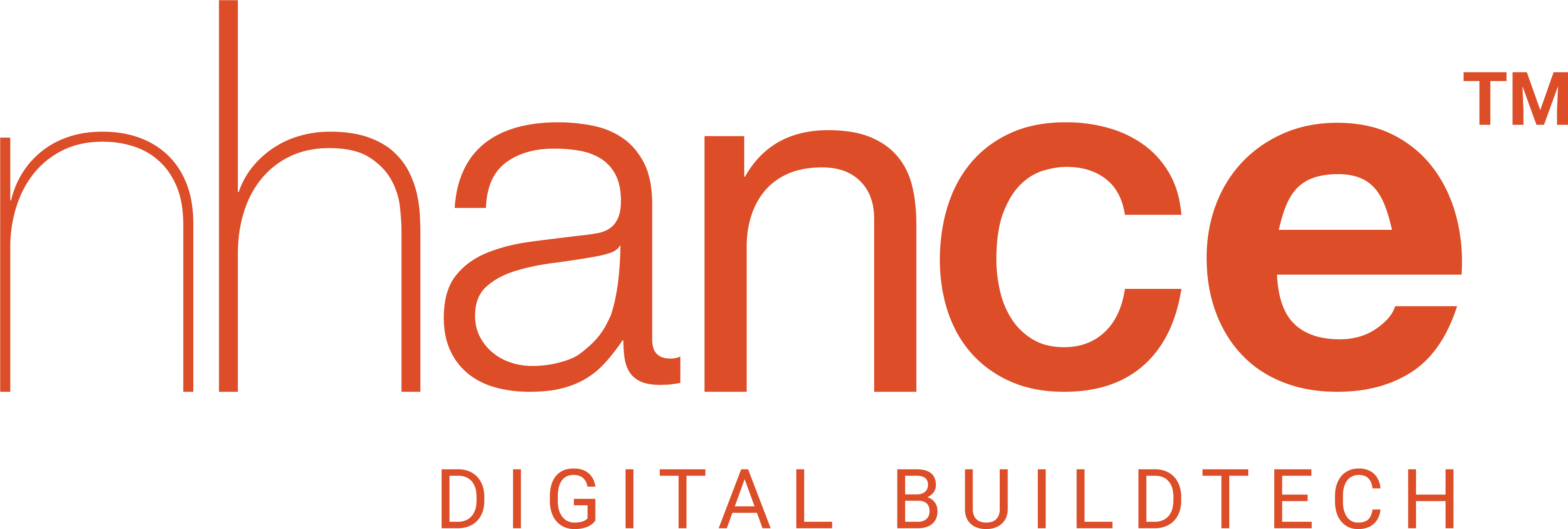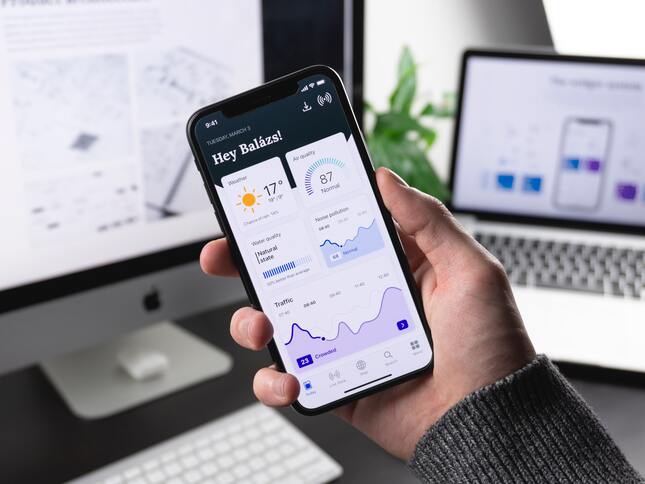Technology and innovation are radically changing the construction and facility management industry by bringing efficiency and profitability to projects related to built environments. Currently, the built environment faces significant issues, like environmental and social responsibilities, global climate change, urban sprawl, a deficit of energy, ageing infrastructure, safe and secured facilities, and the evolution of the built model. Consequently, the built environment is experiencing a rise in the demand for predictive maintenance, mobile applications, AI and IoT linked devices, remote monitoring devices, etc.
Innovations and technology in built environments provide benefits ranging from controlling the building maintenance and security to administering physical assets. Their use makes it easier than ever to enable a modern built environment. These technology and innovations include:
Modelling: BIM enables highly intelligent 3D, 4D, and 5D structural modelling, and data from these models are used to make decisions about redesigns, energy use, and space usage. It can greatly help the stakeholders involved across the building lifecycle. Simulations and virtual high-dimensional imaging can reduce the need for carrying blueprints and documents all the time while providing real-time updates of all the structures in the built environment.
Tech-enabled monitoring: Assessment of the performance and operation of assets, comprehensive facility management, and occupancy regulation is possible through technological innovations like alerts and sensors. Such monitoring enables better maintenance, timely repair, and replacement all the while effectively saving costs. Building security and safety can also be ensured and hazardous locations can also be identified using drones, sensors, and other similar technologies.
Automation: Automation is the ultimate facilitator of modernized built environments. From catering to the worker shortage, enabling simulations of the building and its environment, visual designing, and risk minimisation to full life-cycle management much can be accomplished through building automation and management. Automated equipment live HVAC systems, smart recognition systems, and smart lighting allow for touch-free access which keeps the environment healthy.
Remote Control: Controlling the built environment from a central platform facilitates seamless communication, fast collaboration, time management, and higher productivity. Mobile apps and customized software are also available to enable such control as security, temperature, traffic, etc.
Data Analytics: Better insights into the operations within the built environment are possible with innovations like interconnected devices and sensors installed in the facility. They enable effective decision-making related to equipment failures, remote location installations, scheduling the cleaning, strategic space planning, and cost management. Data analytics enable predictive maintenance and better asset management.
Sustainable Facilities: Energy consumption, carbon footprint, and other climate-related issues can be addressed through innovations like energy use adjustments as per the occupancy levels of a place, real-time energy consumption analyses for devising ways to reduce it, and asset life cycle extension in the built environment. Enforcing reuse and recyclability concepts will make facilities more sustainable and regulatory compliant. For this, synchronizations between IT, design, and operational processes are also seen as critical.
In the future, it is anticipated that nascent wearable technology will also aid efficiency in built environments by improving the employee experience. Both technology and innovation are essential to maintain competitive advantage because they hint at a commonality of always seeking ways to improve things. If you are looking for leading-edge technology and innovation to enhance the building experience and upgrade the management of the built environment, visit nhance.ai or contact us here.








